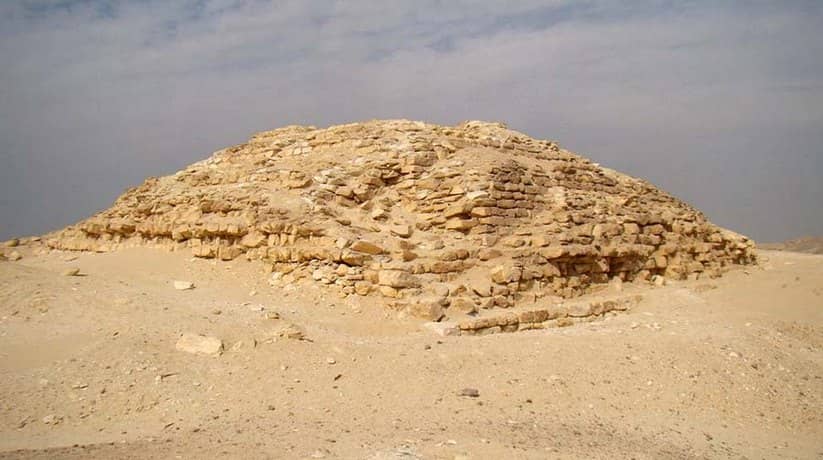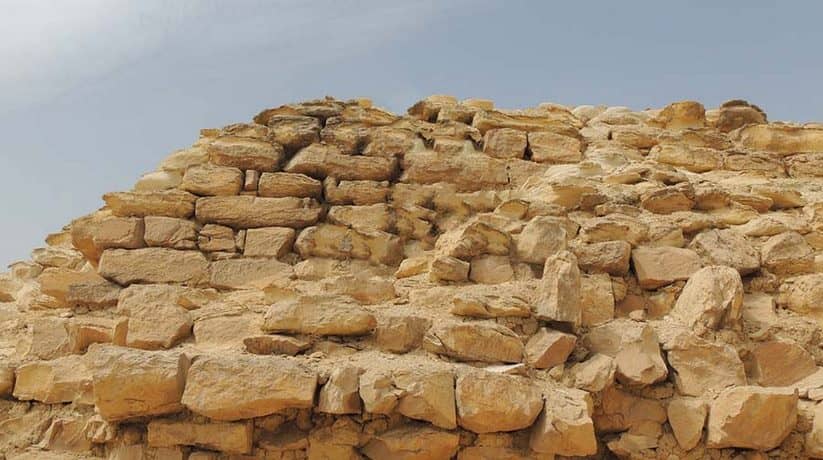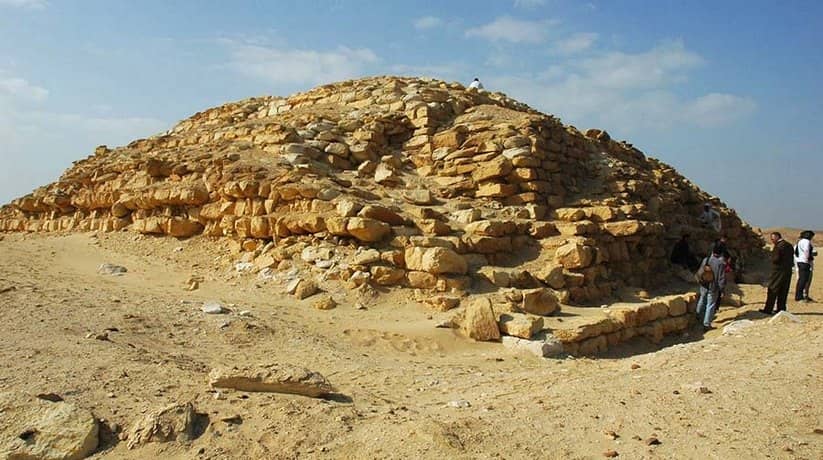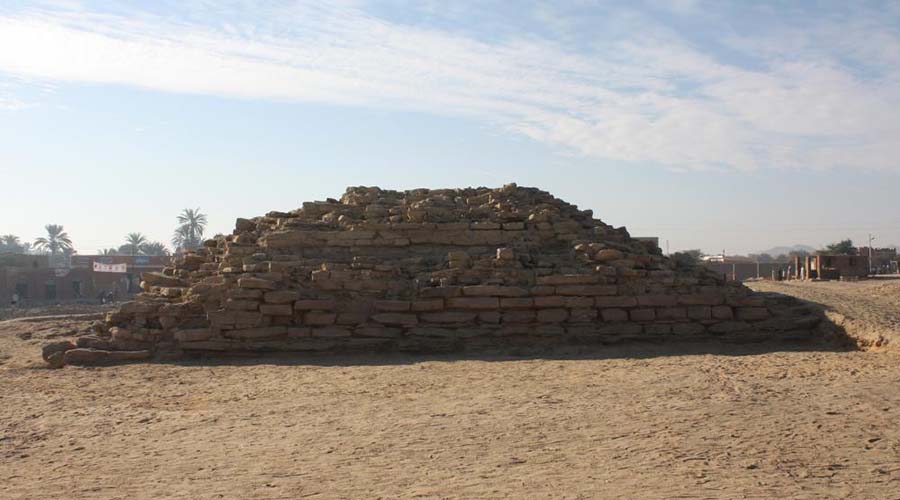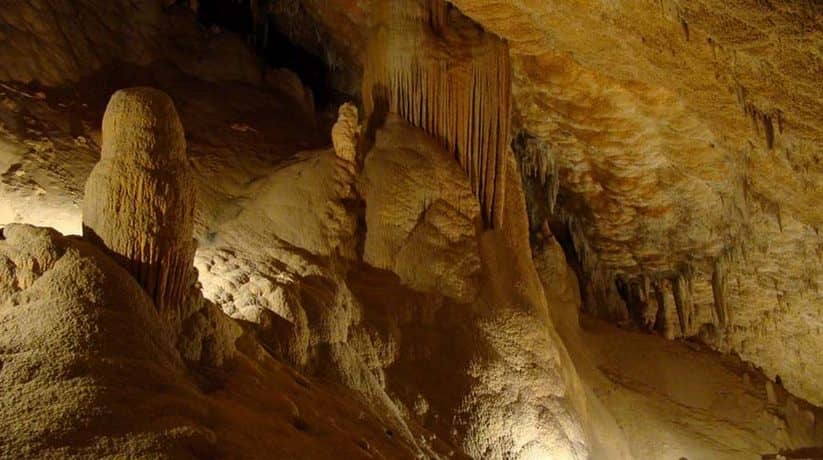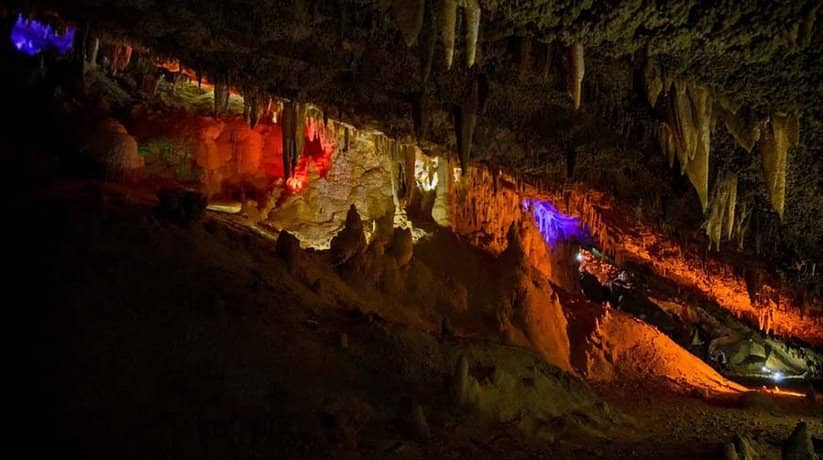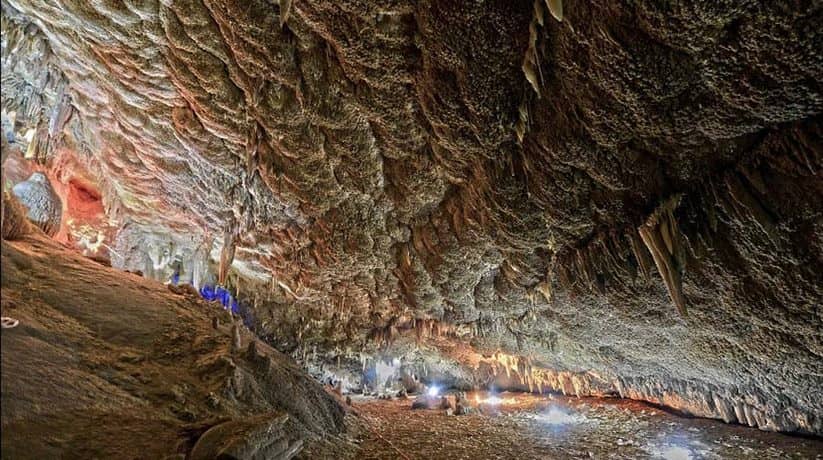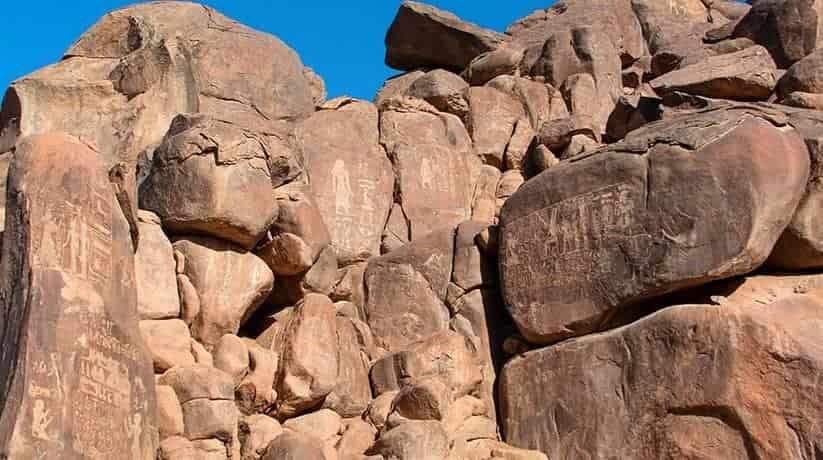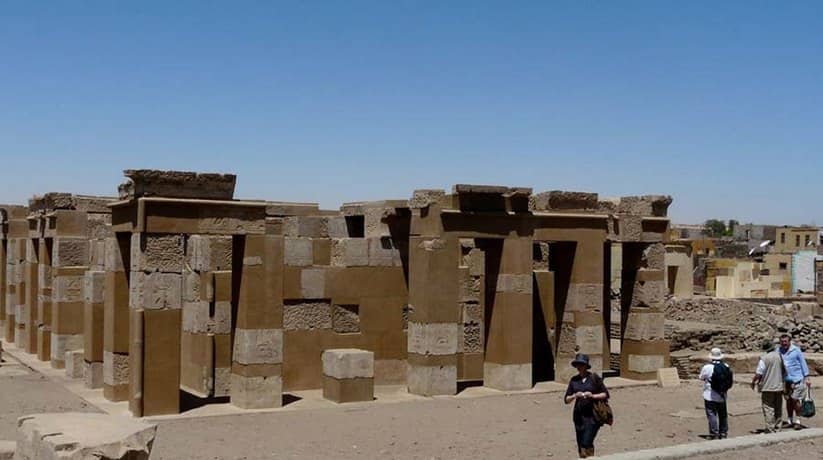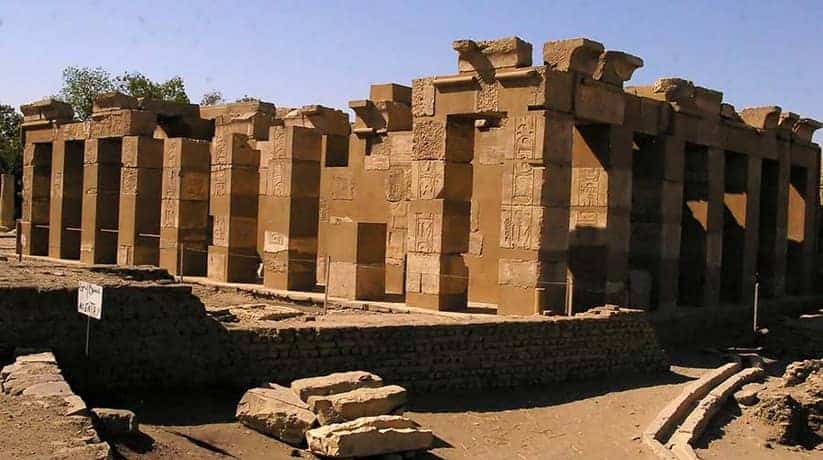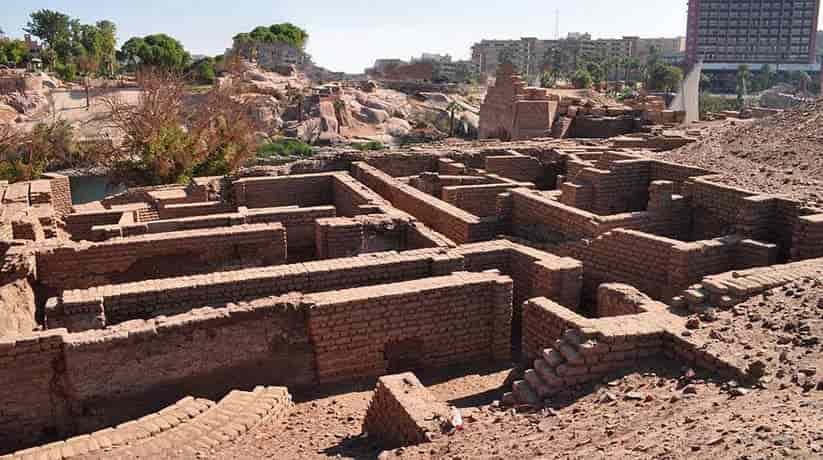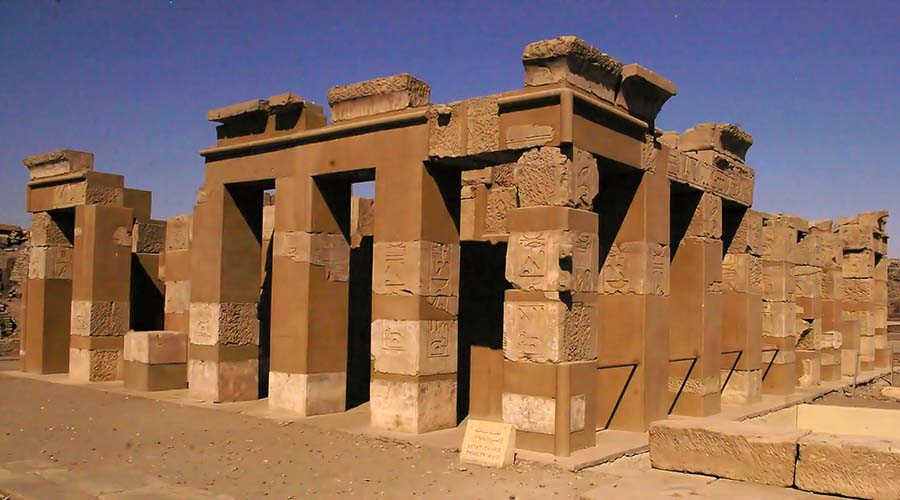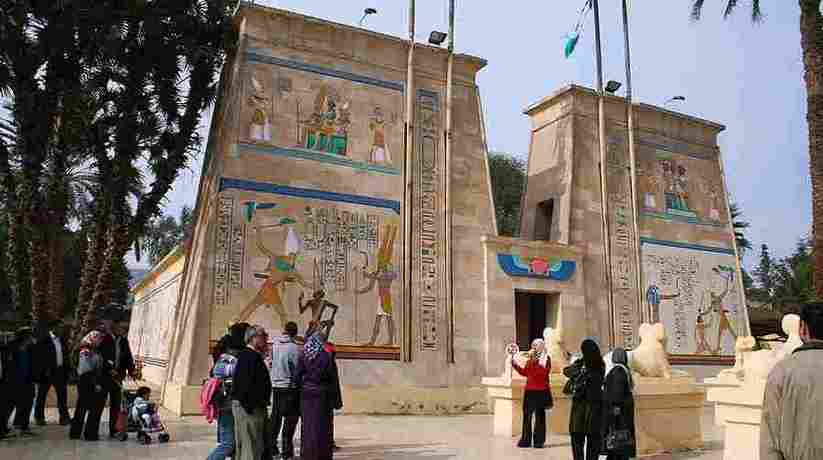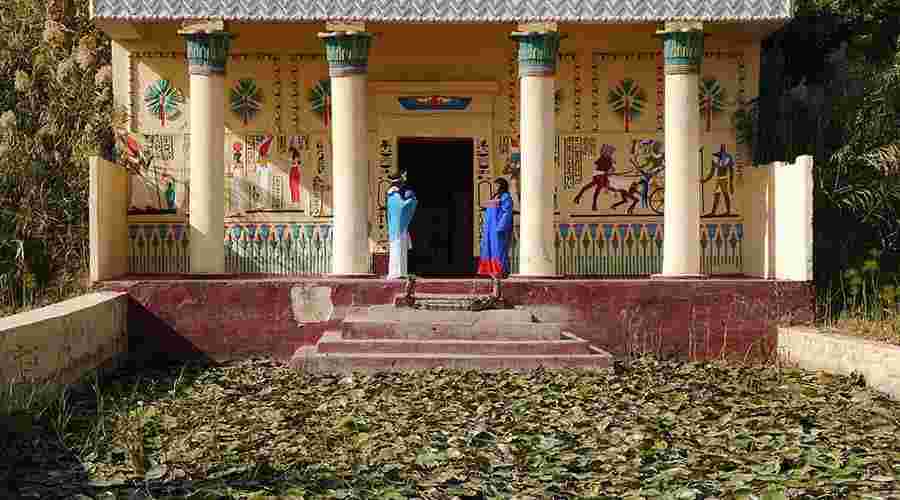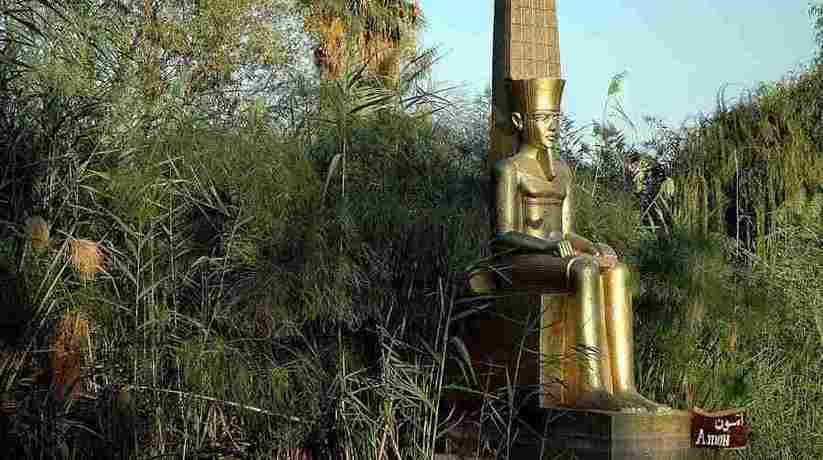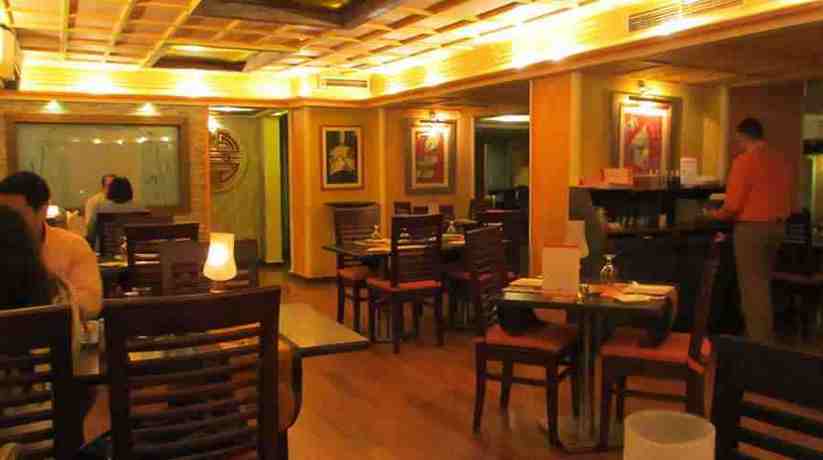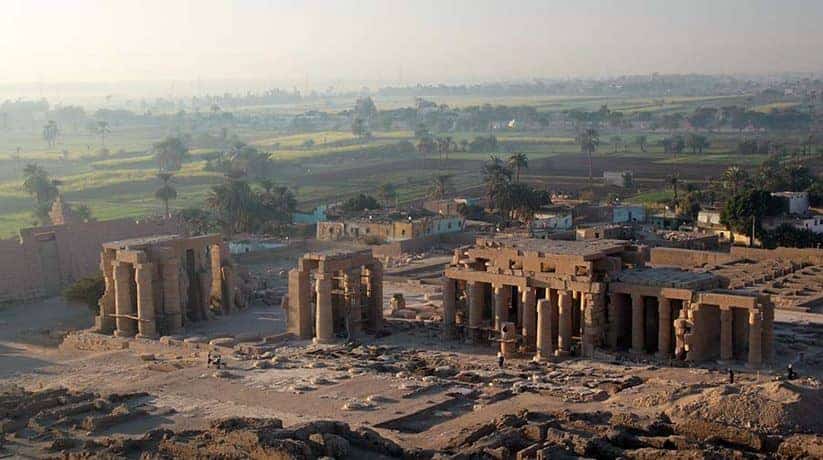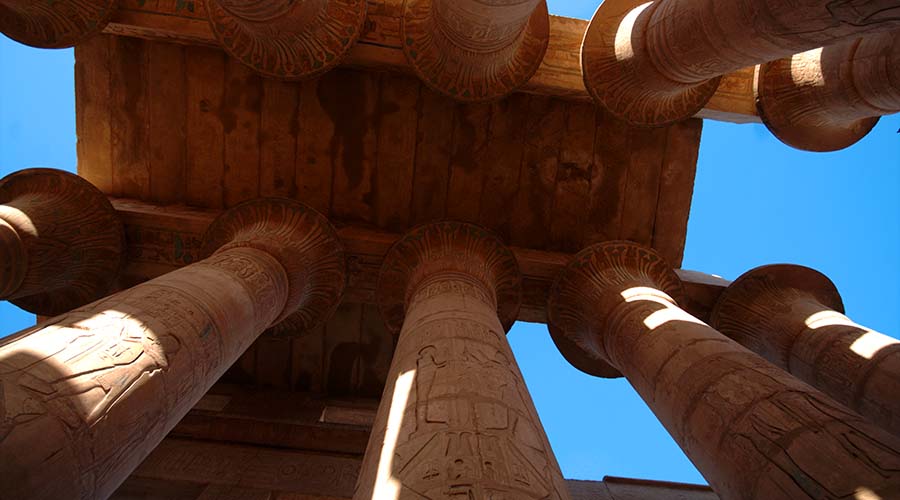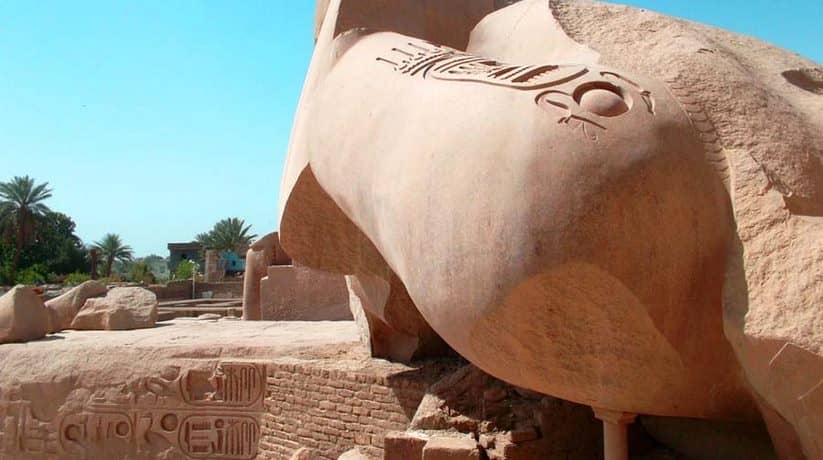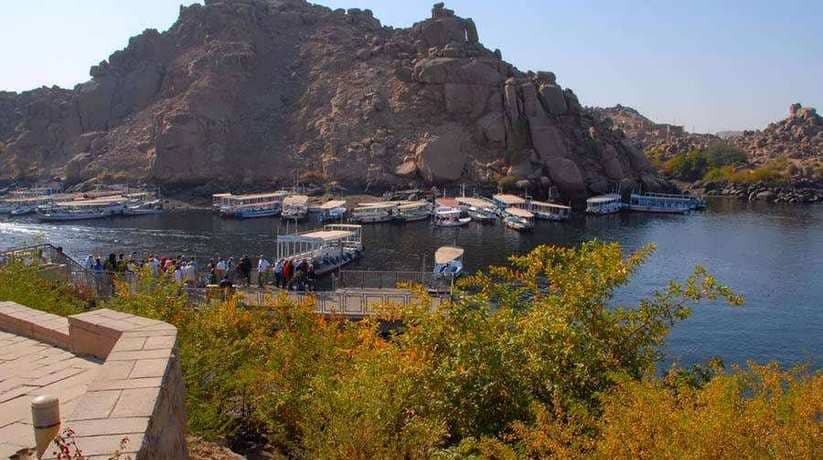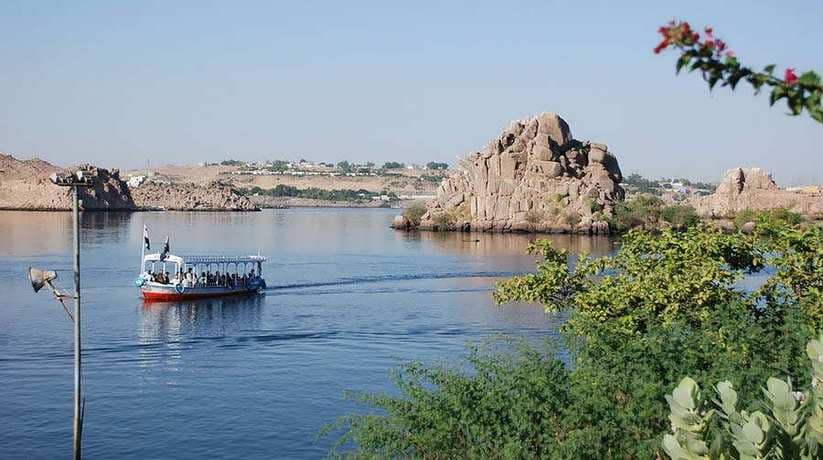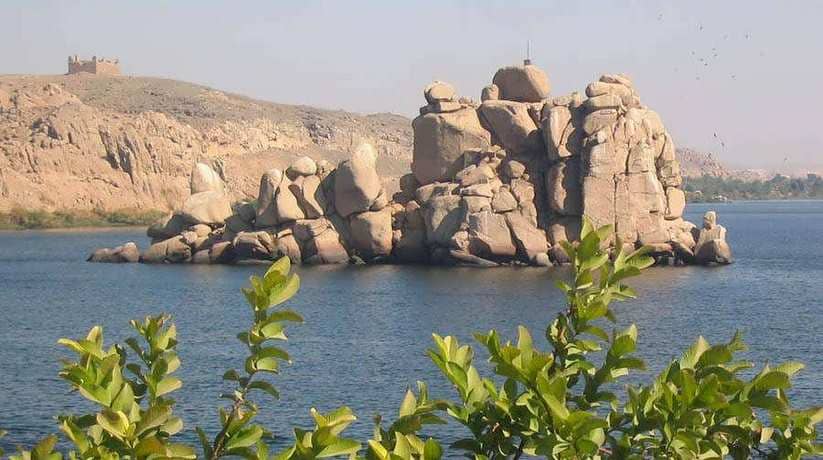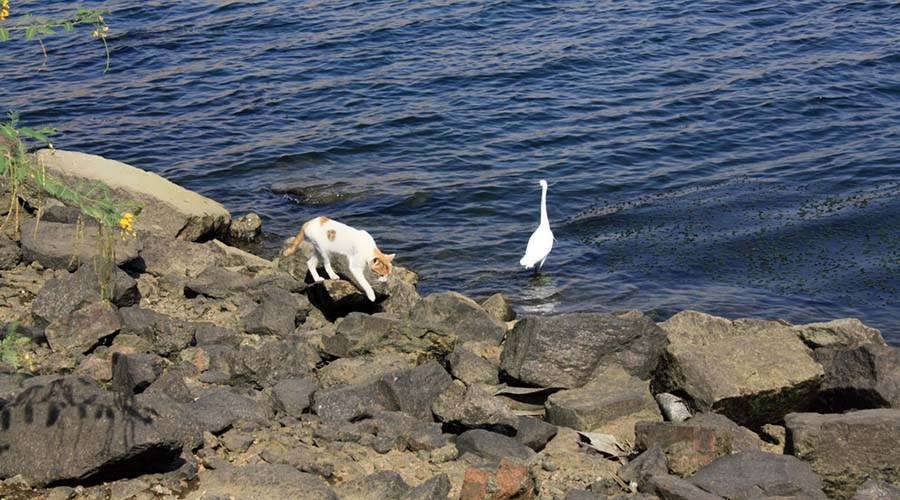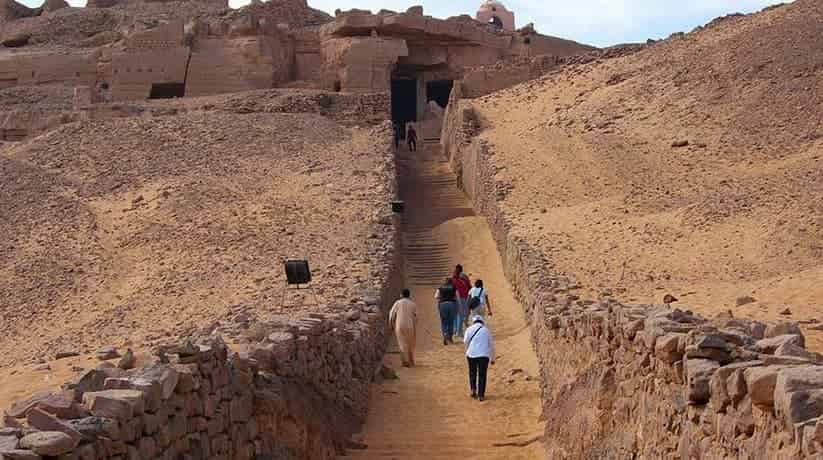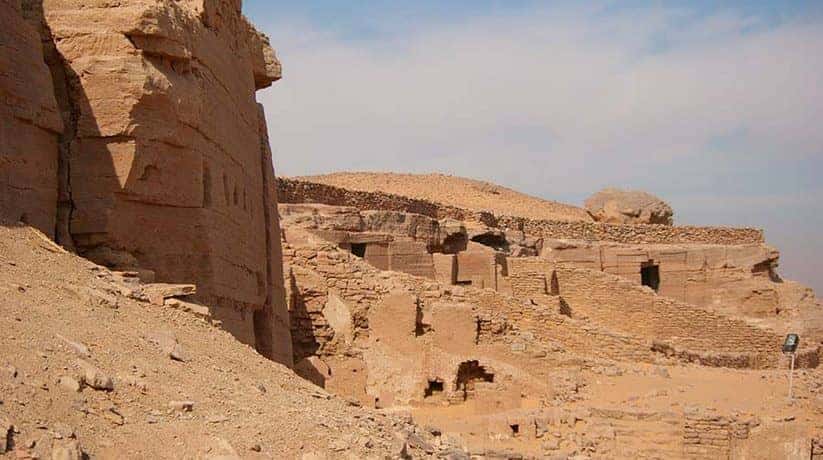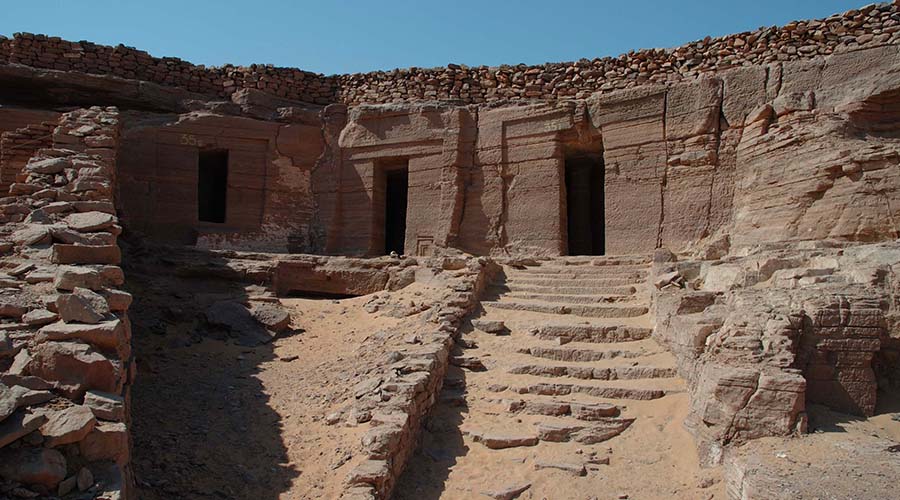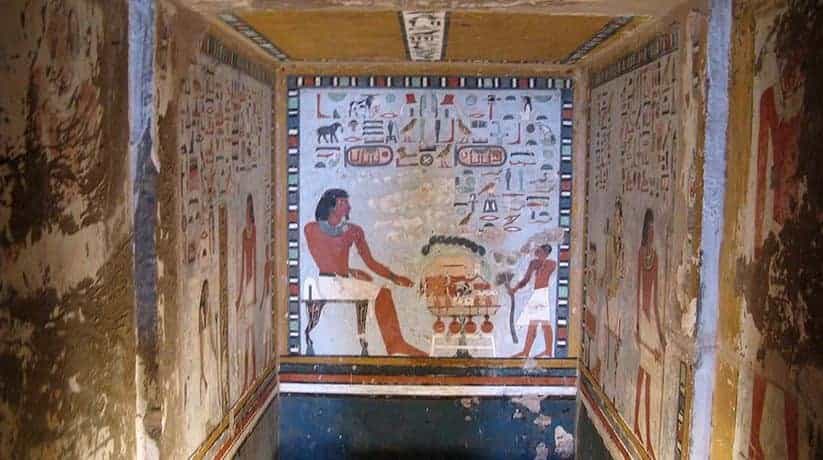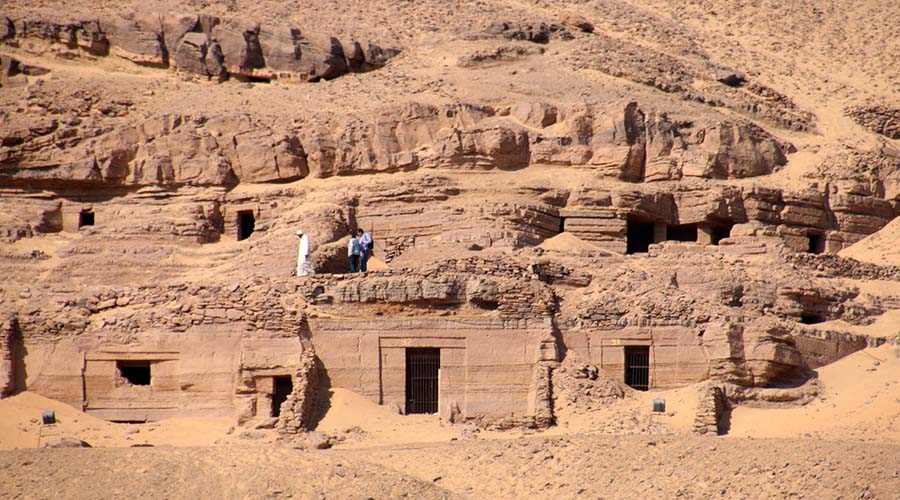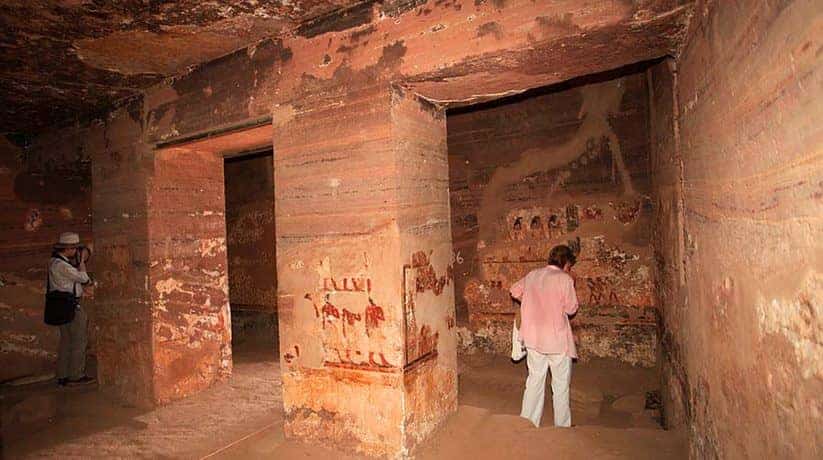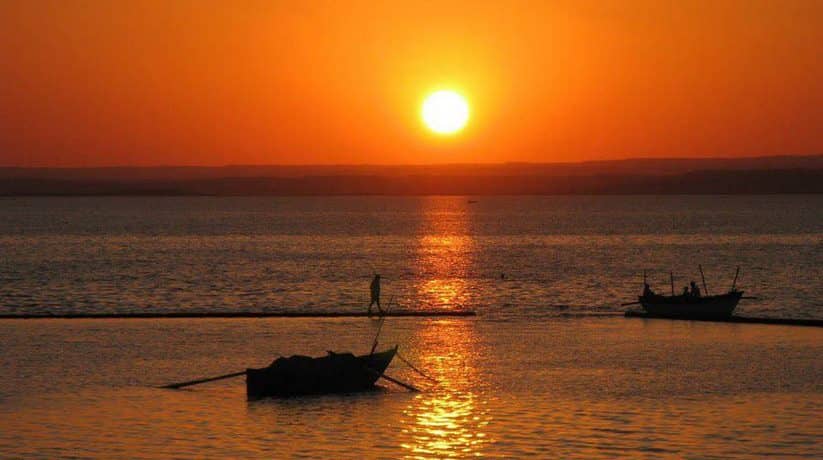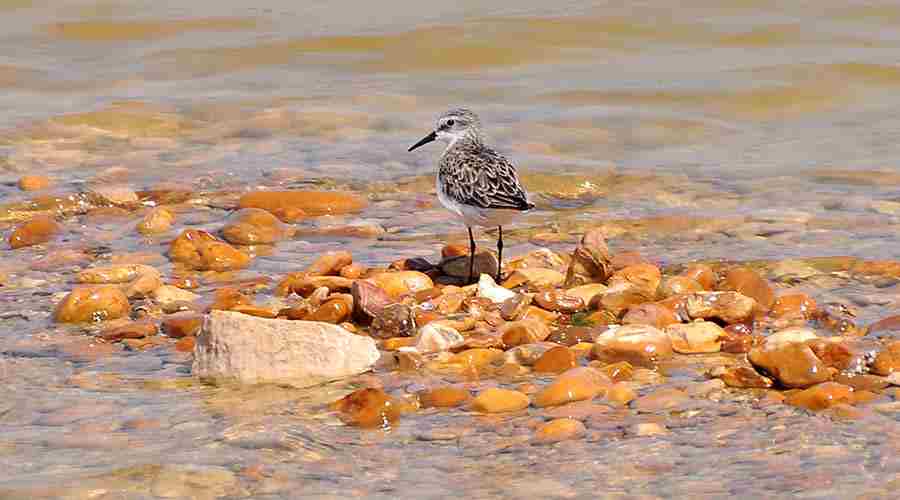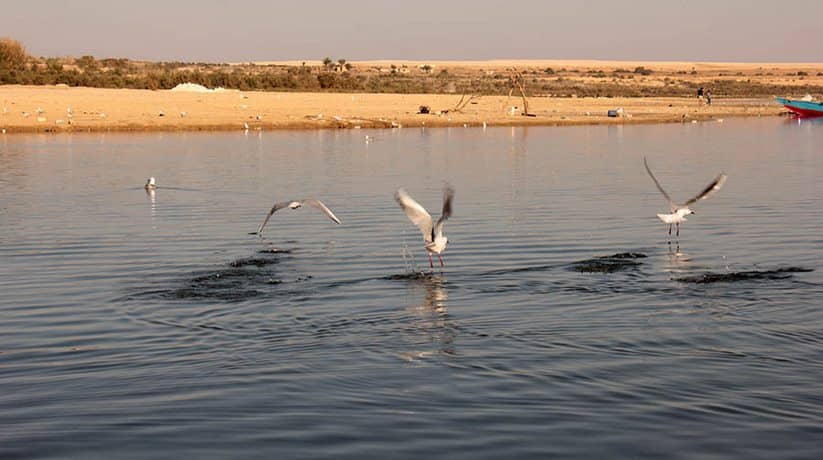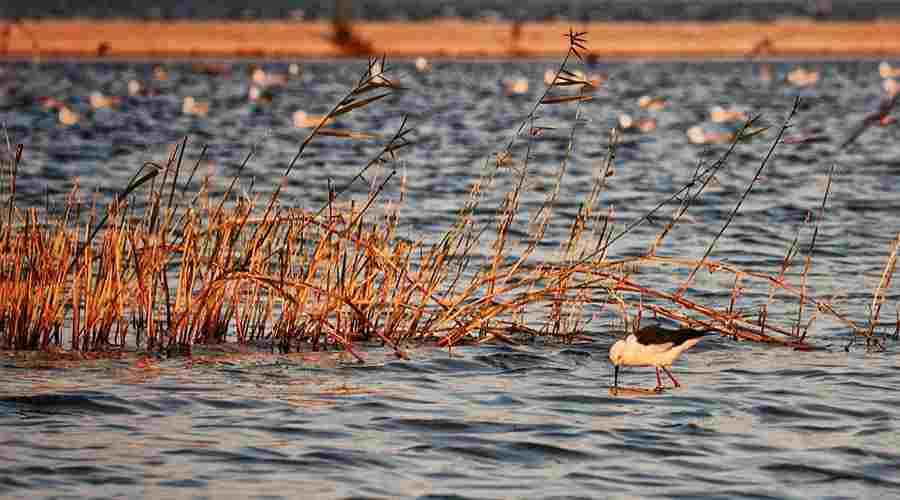Peking Restaurant Cairo Egypt prices, booking, reviews
Peking Restaurant Cairo Egypt is one of the most famous restaurants chains in Egypt. In fact, it is indeed popular for classy Egyptian and resident foreigners as well. From the entrance of the Peking Restaurant you will know you are about to enter a new and mysterious place. Moreover, the green corridor of the Peking Restaurant Zamalek is like a teleport. It transports you to a romantic den in the middle of the busy Cairo City. Furthermore, the dimly lit atmosphere puts you in a trance and you are simply let yourself guided to your table. You welcomed with a warm damp towel to wipe your hands with. Peking restaurant Cairo indeed is a hospitable place since the 1960.
In fact, the first branch of the chain restaurant opened downtown of Cairo. The ten branches of the Peking restaurant are all fabulous. In fact, Zamalek branch is the most romantic of them all. It has a unique atmosphere that will bring all the passion out of you. Moreover, the menu is endless. All the dishes made from mouth watering Chinese recipes. This little China restaurant is not only romantic but also a fun place to hang out in. Pino, a great guitarist, entertains you and sing in different languages as you eat your meal. Not only talented, Pino, is a humorous character that will make you laugh. The menu of Peking Restaurant Cairo indeed is huge. You will leave but to try and resist not ordering all the dishes. It is as if you had the space in you.
Further details about Peking Restaurant Cairo Egypt:
In fact, there are a wide variety of appetizers, salads, fish and prawns. Moreover, Peking Restaurant Cairo also offers calamari, duck, chicken, beef, rice and noodles. Furthermore, the list goes on forever. In fact, it takes you a couple of months to try all the dishes in the menu. Every dish you will try will be a work of art with no faults. The food is always hot and the drinks are cold. Moreover, the service indeed is hospitable and professional. There are two addictive appetizers that you should not miss if you eat at the restaurant. In fact, they fried Spring Rolls and fried Won Ton. These two succulent appetizers when dipped in sweet and sour sauce will give you a trip of ecstasy. Furthermore, Prawn crackers also have the same wonderful effect.
For the main dish, they stand speechless. They assure you that any dish you choose is delicious. In fact, all we could say that the main dishes contain a filling quantity of food. Moreover, you may try “sliced fried chicken yen style” and “fried fish yen style”. You can also try “fried calamari with mushrooms”. There is a range of alcoholic drinks that you can order. If you are looking for romantic atmosphere, then Zamalek branch is the right choice. If you are looking for more entertainment than romance, Mohandessin or Maadi Peking are.
More details about Peking Restaurant Cairo Egypt:
In fact, there you can find live entertainment. Moreover, Zamalek Peking has always been a reputable nightspot of Cairo. In fact, it indeed is a major destination to serious “clubbers”. Furthermore, the Maadi Peking Boat is another legend. It needs a separate article to test. The conclusion is marvelous. Do not miss going to one of the Peking restaurants as each one tells a different legend. If you could not make it to a Peking then, order from their home delivery. It is the least you can do.
Peking Restaurant Cairo Downtown:
14, Saray El Azbakia St.,Downtown, Cairo. Tel: (+202) 25912381 & (+202) 25920682. Opening Hours: 07.00 AM to 12:00 AM
Peking Restaurant Cairo Heliopolis:
115, Osman Ibn-Affan St., Cairo. Tel: (+202) 24185612 & (+202) 24192247. Opening Hours: 12:00 PM to 12:00 AM
Heliopolis (City Stars):
Phase 2, 3rd Floor, City Stars, Cairo. Tel: (+20) 10003412241. Opening Hours: 12:00 PM to 12:00 AM
Peking Restaurant Cairo Maadi:
29, Road 257, El Nasr St. Tel: (+202) 25164218& (+202) 25164145. Opening Hours: 12:00 PM to 12:00 AM
Mohandessin:
26, El Atebba St.,(Off Mohy El Din Abu El Ezz St.), Cairo. Tel:(+202) 37496713 & (+202)33366734. Opening Hours: 12:00 PM to 12:00 AM
Peking Restaurant Cairo Nasr City:
9, Ezzat Salama St.,(Off Abbass El Akkad), Cairo. Tel:(+202) 22705678 & (+202) 22705679. Opening Hours: 12:00 PM to1 2:00 AM
Oasis Hot Pot:
1, Airport Road, Heliopolis, Cairo. Mob: (+20) 01003412234. Opening Hours: 12:00 PM to 12:00 AM
Peking Restaurant Cairo Tagamoe Al Khamis:
Seven Stars Mall, Tagamoe Al Khamis, Cairo. Tel: (+202) 26190613 & (+202) 26190614. Opening Hours: 12:00 PM to 12:00 AM
Zamalek:
2(B)Ismail Mohamed St., Cairo. Tel: (+202) 27363894 & (+202) 27366167. Opening Hours: 12:00 PM to 12.00 AM
Nearby attractions Information, tours and Online Booking
More of Egypt Fun & Leisure
More of Egypt attractions


